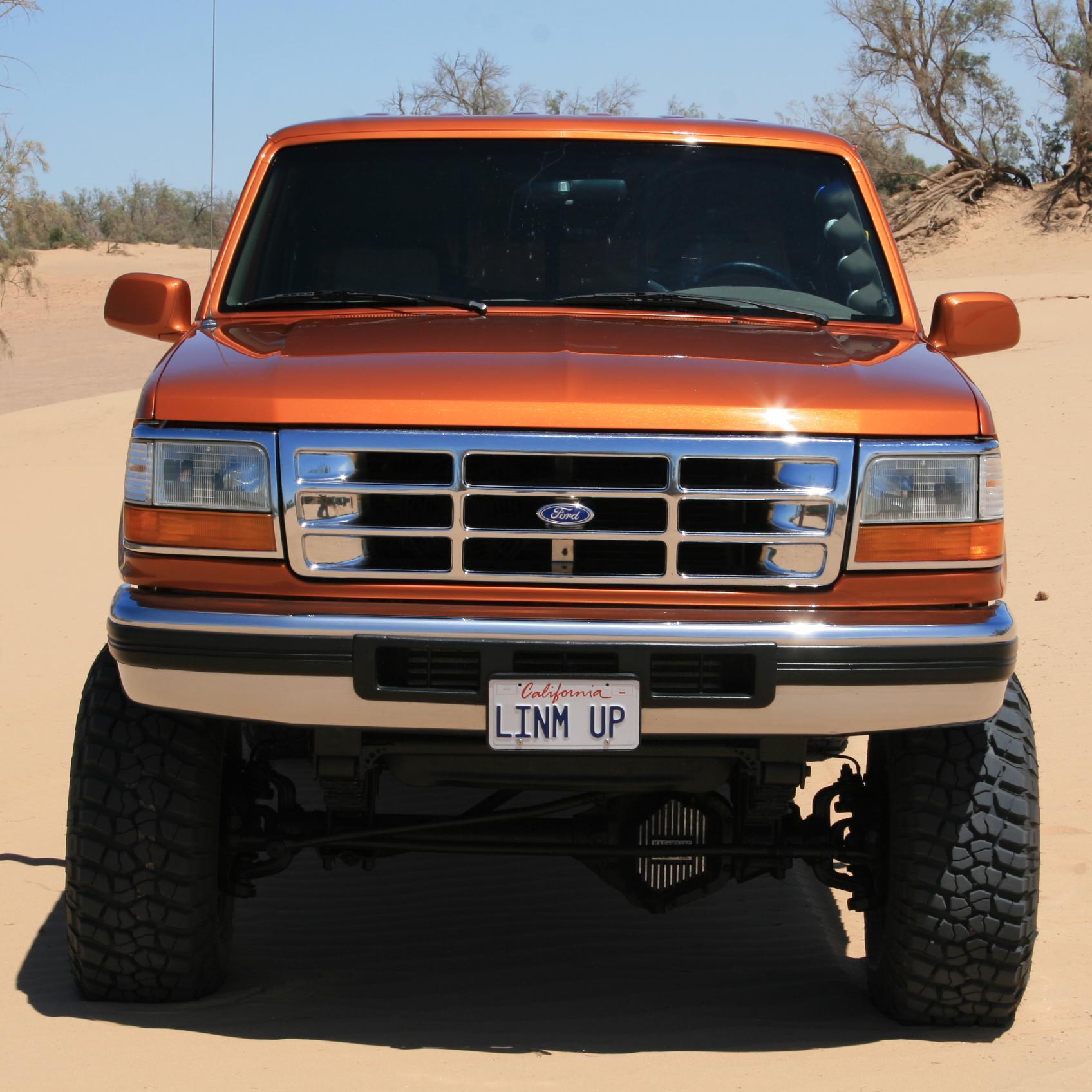
The XL added cloth elements to the upholstery and included swing-away mirrors, a rub strip to the front bumper, and some other minor enhancements.The custom title was given back to the entry-level model and included vinyl upholstery, a black steering wheel and grille, chrome front bumper and hubcaps, foldaway mirrors, and an electronic radio.The 8th generation had a production run of only four years, from 1987 to 1991, and was available in the following trims:

In the rear, anti-Lock brakes were now a part of the standard equipment package - once a novelty among pickup manufacturers. The exterior received a facelift, donning a more aerodynamic design for better fuel economy, while the passenger cabin received a complete redesign. The next line of pickup trucks used the 7th generation as its foundation - but improved upon most of its predecessors’ aspects. The Eddie Bauer Edition was revealed in 1985, featuring an off-road themed interior and two-tone exterior paint.The Explorer was offered in four equipment package varieties and was a limited edition trim with year-specific paint stripes.Lariat emblems were installed in several places to help distinguish the truck. The Ranger Lariat/XLT Lariat was a high-end trim with a plusher interior and Rosewood trim on the dash and door panels.The Ranger XLT/XLS expanded with a unique seat trim, color-keyed headliner and carpeting, and aluminum tailgate.The Ranger/XL included a Rosewood dash and horn pad, chrome trim on the door panels, and color-keyed floor mats.The FS or Fuel Saving trim was available beginning in 1982 and had a four-speed overdrive transmission and the 300-ci six, Ford’s famous inline motor.The Custom/Base was the entry-level model and came standard with basic equipment, color-keyed vinyl seats and dashboard, and manual windows and locks.It should be noted that the scheme change had no significant impact on the equipment of each model: The F-Series had several trim levels, with a change to the naming scheme taking place in 1982. Consumers had their pick of 17 different paint colors, including two-tone options and a choice between clear coat and non-clear coat paint. In 1982, the classic lettering was removed in favor of a Ford oval badge in the center of the grille, which now sported fewer vertical bars. The early model years featured a plain grille with chrome lettering spelling out “Ford” on the very front of the hood.

They are easily recognizable by their squared body, flatter body panels, and distinctive grille design. The 7th generation received a completely new chassis and body style in a complete redesign from its predecessor. Ford OBS History - Find the best Ford deals! 7th Generationįord OBS trucks stem from the 7th generation F-Series (model years 1980 to 1986).


 0 kommentar(er)
0 kommentar(er)
